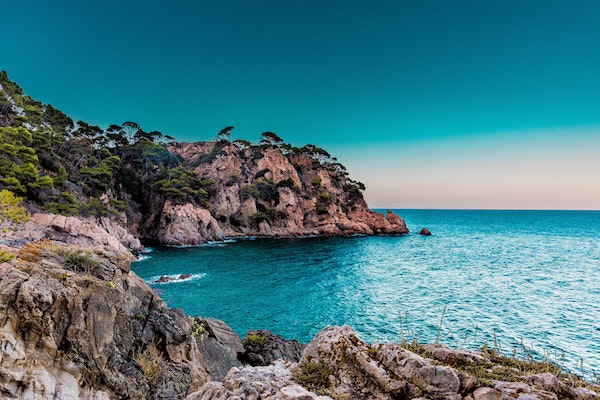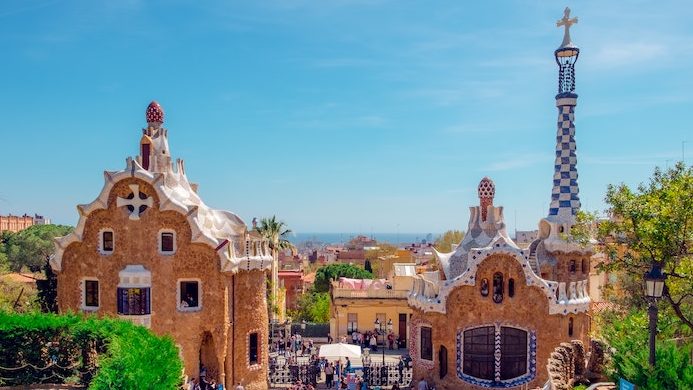Spain is a country of bright sun, endless beaches, warm sea, original cuisine, and extravagant culture. Undoubtedly, this is one of the most colorful countries in the world. And if you want to spend an unforgettable vacation full of vivid impressions, then you should go to Spain.
But before you go on a long-awaited vacation, you will probably be interested to know the facts about Spain, which shape the face of this wonderful country.
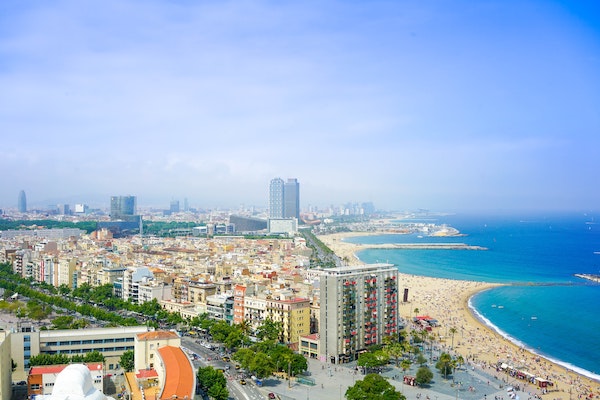
So, interesting facts about Spain:
Spain is the second largest mountainous country in Europe. It consists of mountain ranges from northern to southern regions. Besides the Pyrenees, there are lush green hills such as the Sierra Nevada, Central System, Picos de Europa, Iberico, and others. Here, even the cities are surrounded by hills and mountain ranges, making Spain a beautiful green country. In fact, rural towns and villages boast beautiful natural landscapes that are protected by local authorities.
Spanish is the second most common native language in the world. Spain has different official languages, including Spanish. Others are spoken in different regions, they are Galician, Aran, Basque, and Catalan. However, Spanish is mainly used by modern Spaniards, especially in Madrid and Barcelona.
Spanish is the second most spoken native language in the world after Chinese and English. Spanish is spoken by more than 406 million people, and not only residents of Spain, but also residents of the Americas, Europe, Africa, and Asia.
The child receives two surnames from the parents. Some customs in Spain may seem strange to foreigners. Traditionally, Spanish children take two surnames from their father and mother. Then they combine to form their own surname. However, the 1999 law clearly states that the father’s name should come first in the order of the child’s surnames. Twelve years later, a new law was passed allowing each child to choose the order of their names upon reaching the age of 18.

More than 1 million hectares have been allocated for vineyards. Spanish wine is popular all over the world. Wait, there is no country in which it is impossible to find it. And this is not surprising, because there are hundreds of vineyards in Spain.
There are thousands of hectares of land dedicated exclusively to growing grape varieties for red and white wines, as well as cava, the equivalent of champagne. The wine culture of Spain is spread throughout the Iberian Peninsula due to its vast landscapes, ideal for growing special grape varieties.
The oldest restaurant in the world is located in Madrid. The oldest operating restaurant in the world, listed in the Guinness Book of Records, is El Sobrino de Botín in Madrid. It opened in 1725 as Casa Botín, where regulars such as Ernest Hemingway once dined. The restaurant has a rich history of Spanish cuisine and serves authentic dishes and tapas. It remains in its original building with the same 18th-century interior making it unique in its kind.
The largest producer of olive oil. Spain is the largest olive oil producer in the world. It produces approximately 44% of the world’s total olive oil, with 6 million tons of oil produced annually. The region of Andalusia produces the most tons of oil every year. For centuries, olive oil has played a key role in the Mediterranean diet, with many health benefits. Unlike conventional oils, olive oil is healthier and has strong anti-inflammatory properties. With its proven health benefits, olive oil has been used throughout the European Union, America, Asia, Africa, and other countries.
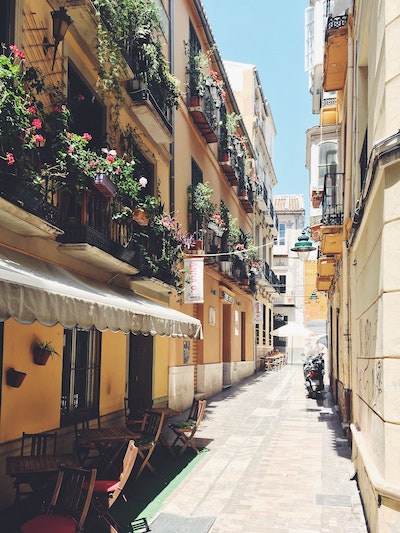
The first modern novel was in Spanish. After the Bible, the first “modern” book to be translated into more languages is Don Quixote by Miguel de Cervantes, written in 1605. Also known as Cervantes, he wrote Spanish plays, poetry and novels in the early 16th century. Thanks to his literary contributions, his hometown in Alcala de Henares celebrates his birth every year.
Don Quixote was the most influential literary work of its time and became the foundation of Western literature. Cervantes’ work was considered by many authors to be the best literary work ever written. The first part of the novel was published in 1605, and the second ten years later.
There are 44 UNESCO World Heritage Sites in Spain. Spain is home to over 44 UNESCO World Heritage Sites, including Gaudí buildings such as the Sagrada Familia, the Alhambra hilltop fortress, the medieval towns of Santiago de Compostela, rock carvings, and Roman ruins. These sites are recognized for their historical, scientific, and cultural significance. After being declared UNESCO heritage sites, these sites were protected from demolition and destruction. In addition to Spain, there are a large number of heritage sites in countries such as Italy and China.
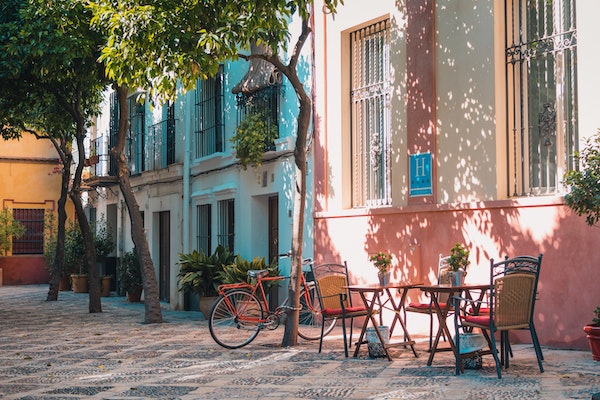
The Spanish king does not live in the Royal Palace in Madrid. Unlike the British royal family, who reside in Buckingham Palace, the Spanish royal family has lived in the miniature Zarzuela palace since 1962. The Royal Palace of Madrid or the Palacio Real remain the official royal residence, but they do not live here. The royal family welcomes guests to the Zarzuela estate, located on the outskirts of the city. All celebrations and official meetings took place in this modest mansion during the current reign of King Philip VI.
586 beaches with a blue flag. Spain is one of the most famous summer destinations in Europe, with some 586 blue flag beaches scattered across the country. Blue Flag status is granted only to beaches that meet water quality, safety, and environmental standards.
Spain is a country that will impress you. it is beautiful, colorful, and unusually soulful here!
